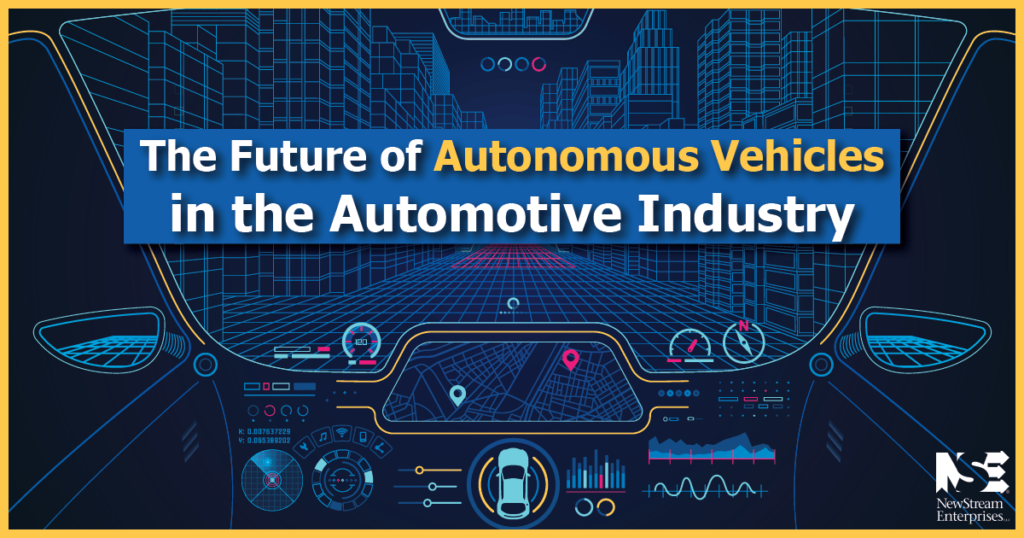As technology rapidly advances, the automotive industry is learning new ways to mitigate these changes in both their production process and their supply chain. With the introduction of autonomous vehicles, industries all over the world are learning about these new technologies and what the future of their business looks like.
Changes in Manufacturing
Roughly 10% of US manufacturers have adopted some form of autonomous or semi-autonomous mobility like self-driving forklifts, cranes, and even drones. Manufacturers have started adopting these technologies to be both cost effective and to have an advantage during the production of self-driving cars as it requires a new technological outlook. Not only will manufacturers be using autonomous vehicles during their production, but these vehicles will change how production works. Autonomous vehicle production will require businesses to source more electric parts but will involve fewer discrete parts. Not only will the production of autonomous vehicles require new parts and technology but will require advanced software that require certain skillsets to take this on.
Better for the Environment
According to the Department of Energy, automated cares can reduce energy consumption in transportation up to 90% while automobiles makeup more than a quart of greenhouse gas emissions. Autonomous vehicles have been designed with computerized systems that are programmed to choose the most fuel-efficient routes, averaging 12,000 to 15,000 miles per year while simultaneously traveling at a great speed to avoid congestion.

Improved Safety and Reliability
Statistics show that 77% of drivers have been in at least one accident in their lifetime as humans are prone to error when behind the wheel. Autonomous vehicle technologies are far less likely to make common human error as they are programmed with thousands of collision simulations that allow them to choose the safest path, ultimately avoiding accidents. In addition to programs, autonomous vehicles are produced with necessary safety features, eliminating the need for excess equipment found in regular automobiles.

Economic Shifts
Research has predicted that by the year 2035, 12 million fully autonomous vehicles and 18 million partially autonomous vehicles will be sold globally each year. With an increase in autonomous vehicles, there is expected to be an economic shift in both productivity and unemployment. Self-driving vehicles will increase productivity as commuters will now be able to engage in projects as their vehicles drive them and it is expected that traffic and congestion will largely disappear due to the efficiency of these vehicles. However, because autonomous vehicles are becoming more prominent it is expected that certain businesses like trucking and transportation will see an increase in unemployment as these services typically require human drivers, so in these sectors with an increase in self-driving vehicles there will no longer be a human need for these jobs.

As an OEM, change can be daunting, especially if you’re not sure where to start. At NewStream, we understand the importance of adapting to change and just how to get you there. With over 30 years in comprehensive supply chain management, our team of experts are equipped with the proper knowledge and tools to keep your supply chain one step ahead!
Ready to adapt to these changes? Let’s talk, we’re here to help.

